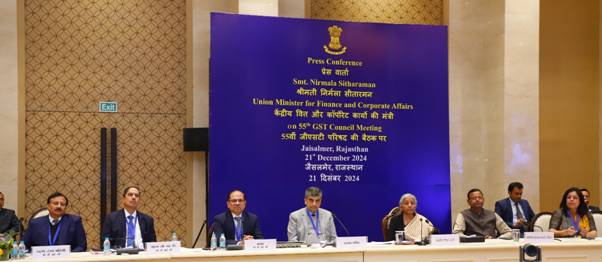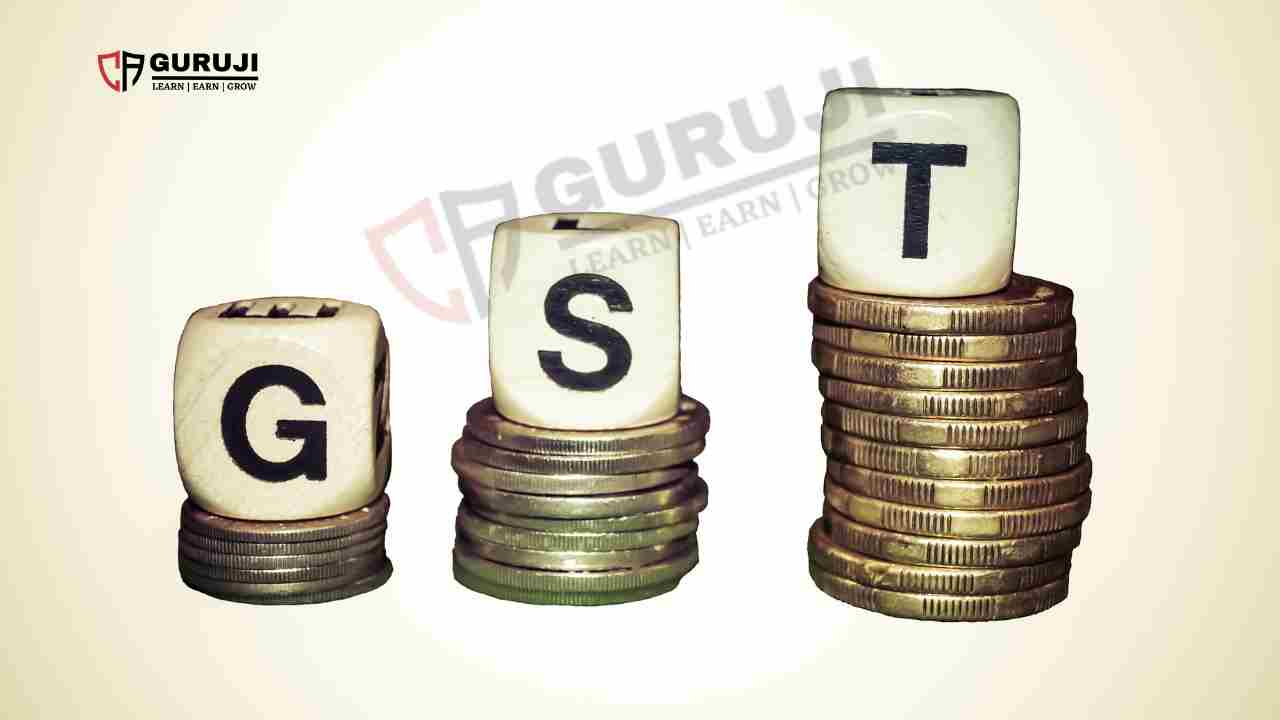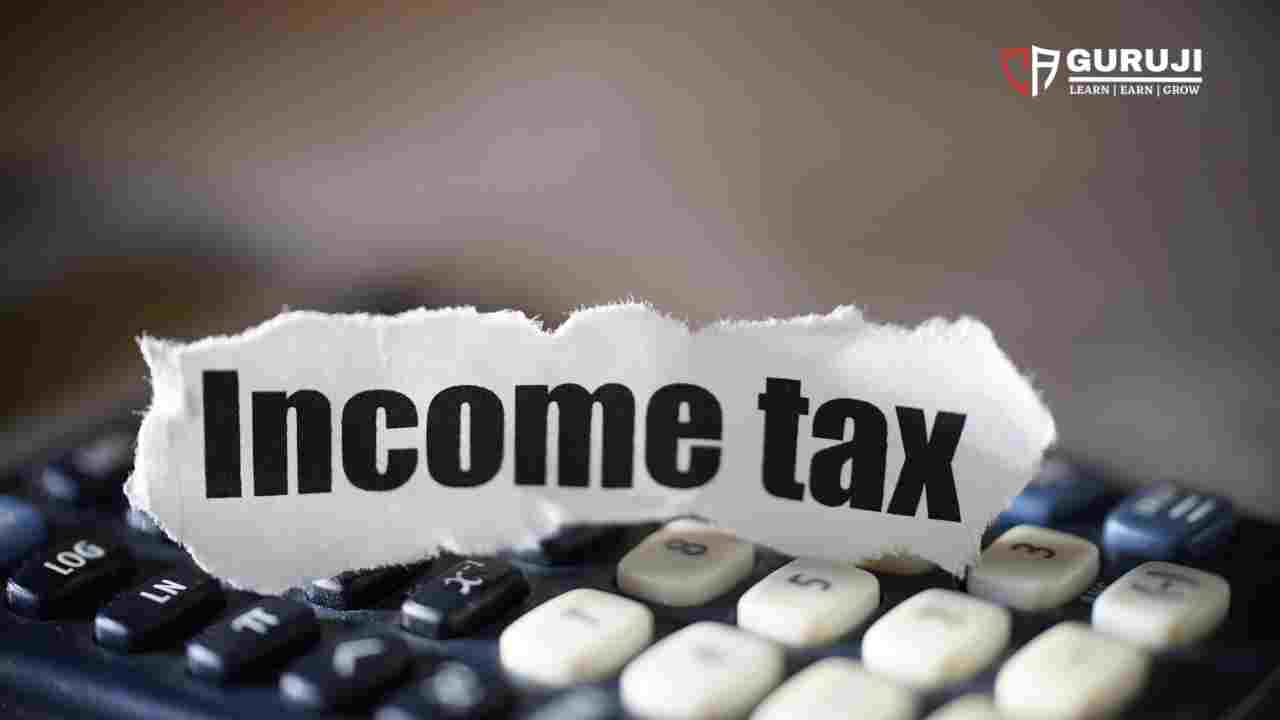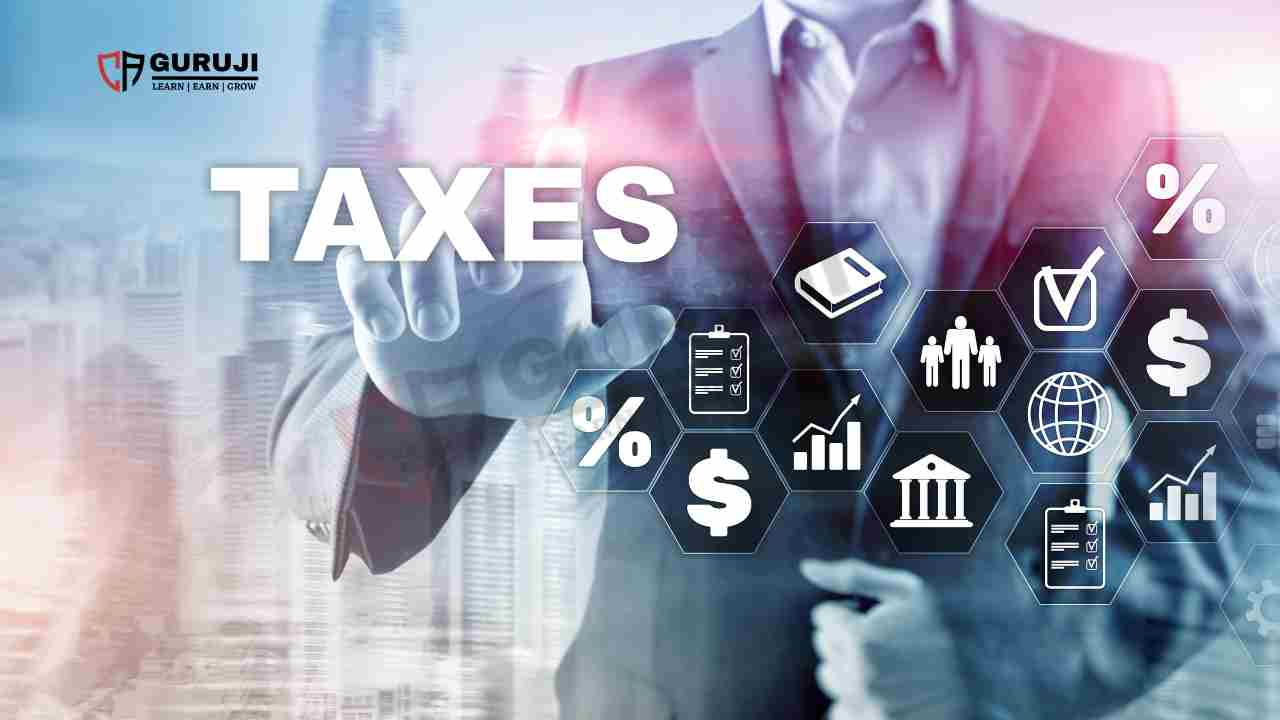Income tax slabs FY 2024-25: With the new financial year starting, salaried individuals must decide between old and new tax regimes. The default option is now the new regime, with different rates and deductions
As the new financial year commenced on April 1, salaried individuals need to choose between the new and old tax regimes. With the new income tax regime becoming the default option since FY 2023-24, taxpayers must comprehend the applicable income tax rates and slabs.
Earlier on April 1, the Finance Ministry addressed confusion surrounding the new tax regime through a post on X (formerly Twitter). The post stated, “Misleading information related to the new tax regime is being circulated on some social media platforms.”
If you’re having difficulty deciding between the two regimes, these tips can assist you in making the right choice.
New Tax Regime Vs Old Tax Regime
1)The key difference between the old and new income tax regimes lies in how they handle exemptions and deductions. Under the old regime, taxpayers can claim substantial deductions, including those specified in Section 80C, Section 80D, and Section 80TTA of the Income Tax Act. Conversely, individuals choosing the new regime can enjoy reduced tax rates depending on their income bracket, without as many deductions available.
2) Since there were no changes announced in the Interim Budget presented by Finance Minister Nirmala Sitharaman on February 1, 2024, the standard deduction for the financial year 2024-2025 remains unchanged. It stays at ₹50,000 for both the old and new income tax regimes.
3)Under the new tax regime, the income tax slabs are structured as follows:
- No tax will be imposed on income up to ₹3 lakh.
- Income ranging between ₹3-6 lakh will be taxed at 5 per cent, with the provision of tax rebate under Section 87A.
- Income between ₹6-9 lakh will incur a tax rate of 10 per cent, with a tax rebate under Section 87A applicable for income up to ₹7 lakh.
- For income between ₹9-12 lakh, the tax rate will be 15 per cent.
- Income falling between ₹12-15 lakh will be taxed at a rate of 20 per cent.
- Income exceeding ₹15 lakh will be taxed at 30 per cent.
4) In the old tax regime, the income tax slabs are structured as follows:
- Income up to ₹2.5 lakh is exempt from taxation.
- Income ranging from ₹2.5 lakh to ₹5 lakh is taxed at a rate of 5 per cent.
- Personal income falling between ₹5 lakh and ₹10 lakh is taxed at a rate of 20 per cent.
- Personal income exceeding ₹10 lakh is taxed at a rate of 30 per cent.
5) As the new income tax regime is automatically applied, it’s crucial for employed individuals to inform their employer at the beginning of the financial year regarding their preferred tax regime. If you fail to notify your employer, you can still switch between regimes when filing your income tax return, provided it’s done within the due date.
Visit www.cagurujiclasses.com for practical courses












Kindly know me how much fees taken for income tax filing for senior citizen.
Please indicate the calculation of income taxes and other taxes for Resident and Non resident Indians with OCI card working in India for 18 , 24 &36 Lakhs annual salary .
Also can you advise what other compulsory deduction will be there like Profident fund and insurance etc for forginer who has no rental house, no education loan , house loan etc considering that we loose NRI status after staying in India for 180 days